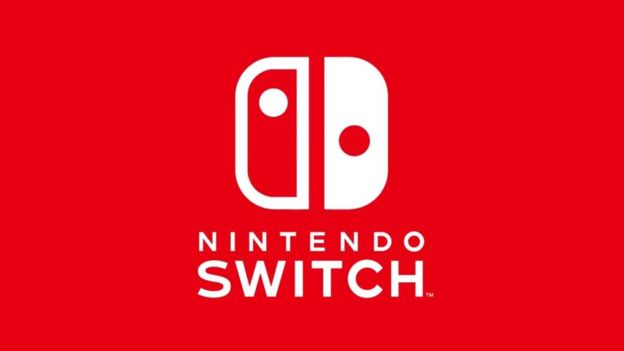As many may have expected, the Switch won’t be meeting its target of shipping 20 million units for the entire fiscal year. Nintendo has revised its forecast for the period downwards to 17 million shipments worldwide, and while that in and of itself is still impressive, it is clear that something went wrong along the way—it represents roughly a 15% reduction from what was expected.
What, then, happened? Given how strongly Super Smash Bros. Ultimate and Pokemon Let’s Go, Pikachu! and Let’s Go, Eevee! have performed, how did the Switch not get the sales it needed? According to Daniel Ahmad, analyst at Niko Partners, the culprit here was the weaker than expected first half of the 2018 fiscal year, as many may have suspected. Posting on ResetEra, Ahmad pointed out that Nintendo is unusually reliant on first party hits to drive performance, and the absence of said hits for six months led to a pace of sales that was inadequate for them meeting their targets.
“It shows to me that it is extremely crucial that Nintendo have a strong pipeline of first party games to push Switch hardware sales,” Ahmad said. “That’s not to say third party games aren’t important for Nintendo, as we’ve seen a few success stories and in general a lot of publishers are profitable on the system. But what it does say is that the main driving factor behind Switch hardware sales is first party content and that it also explains why we saw Nintendo reduce their hardware forecast from 20 million units to 17 million units this year.
”To further explain, Nintendo Switch sales in the first half of the fiscal year were extremely weak, relatively speaking. To add some perspective, the Nintendo Switch is currently outpacing the PS4 in global hardware sell in when launch aligned, yet the PS4 has never had a H1 as weak as Switch did last year (even 5/6 years on PS4 sales are consistent due to strong/constant 3rd party support. It doesn’t matter if Sony doesn’t have a game to launch.). It’s why you may have seen news stories where some analysts were throwing out extremely low numbers for the full fiscal year, basing the total on what they were seeing in the first half. It’s my opinion that one of the reasons behind the weak performance in the first half of the year was due to the first party software output from Nintendo. Whilst it wasn’t necessarily bad, the flagship titles were mostly Wii U ports. Labo also launched but underperformed.”
The underperformance of Labo is an interesting point here, as it is clear Nintendo had intended for it to be a big pillar for the Switch early in the year, but it ended up not meeting those aspirations. With Nintendo having nothing else to push sales for the whole year, it fell to Smash and Pokemon to push sales in a period of two years. And while they did a great job at it, they couldn’t compensate for the weaker than expected first half.
Hopefully, this serves as a reminder to Nintendo that they need a steady output of games if they are to meet their more ambitious sales targets. They did a good job with having a steady cadence of games in 2017–they need to return to that pace again.














